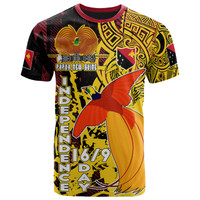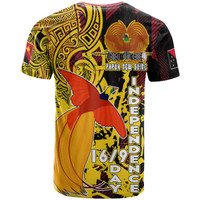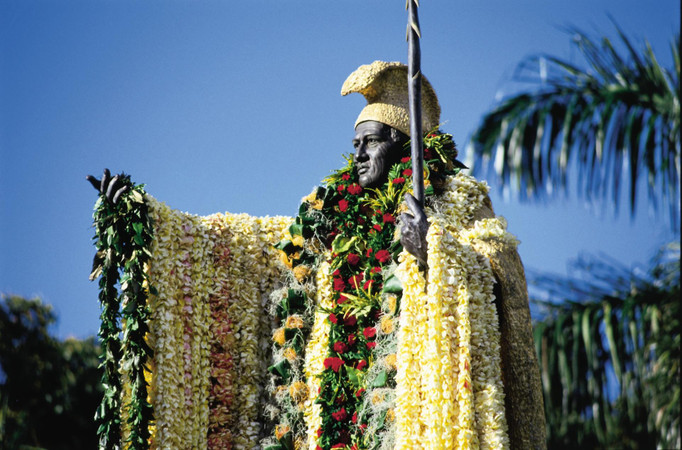9 Surprising Facts About Hawaii's Famous King Kamehameha and His Statue
Posted by Anna on 28th Mar 2023
The Hawaiian Islands have a rich history that dates back to the arrival of the first Europeans in the islands in 1778, the founding of the Kingdom of Hawaii in 1795, and Hawaii's admission to the United States of America in 1959. But perhaps no historical figure is more significant to the islands than King Kamehameha the Great and his statue. Did you know these 9 fascinating facts about King Kamehameha I? We all know that he united the Hawaiian Islands under his rule.
Kalani Paiea Wohi o Kaleikini Keali'ikui Kamehameha o Iolani I Kaiwikapu kaui Ka Liholiho Knuikea is his full Hawaiian name.
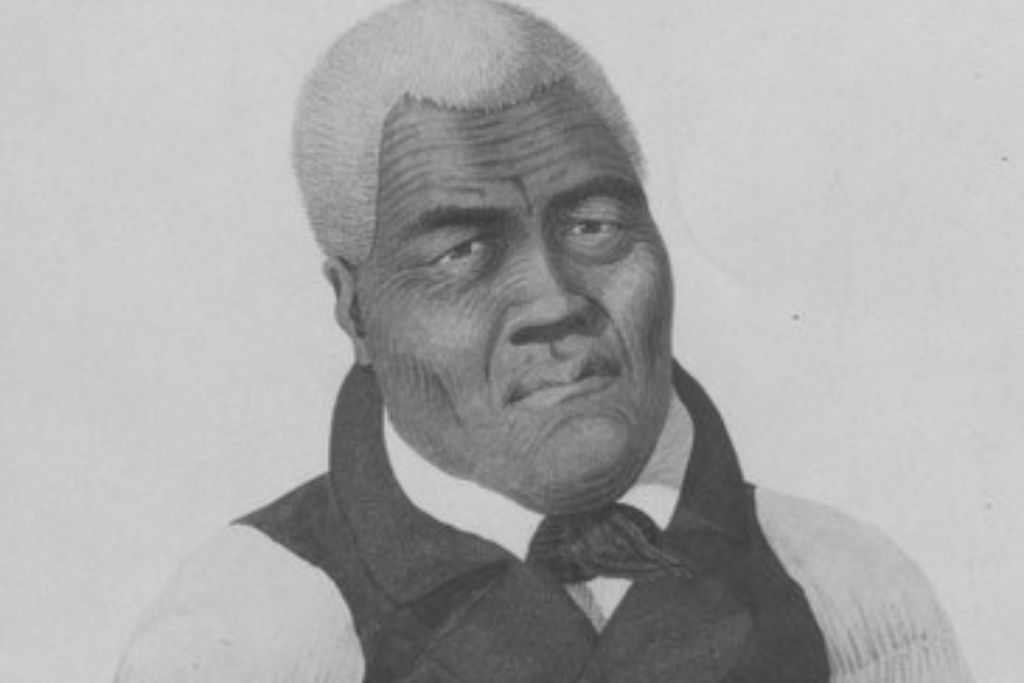
King Kamehameha I
His parents were Kekuiapoiwa II and Alapainui, the usurping monarch of Hawaii Island who had murdered the two rightful successors of Keawe Kekahialii Okamoku during a civil war. He was born sometime in about 1736. Although Samual Kamakau, a native Hawaiian historian, claims that the Maui monarch Kahekili II had adopted Kamehameha in infancy as was traditional during the period, his father was Keua Kalanikupuapa'ikalanini.
If you are interested in Hawaii King Hoodies, please visit our online store HERE. In particular, we have a 15% discount code exclusively for the readers reading this article! Please insert code: POLYBLOG15 for your cart. Happy shopping!
According to legend, King Kamehameha the Great's likeness is best captured by the statue located at Grand Wailea on the Hawaiian island of Maui.
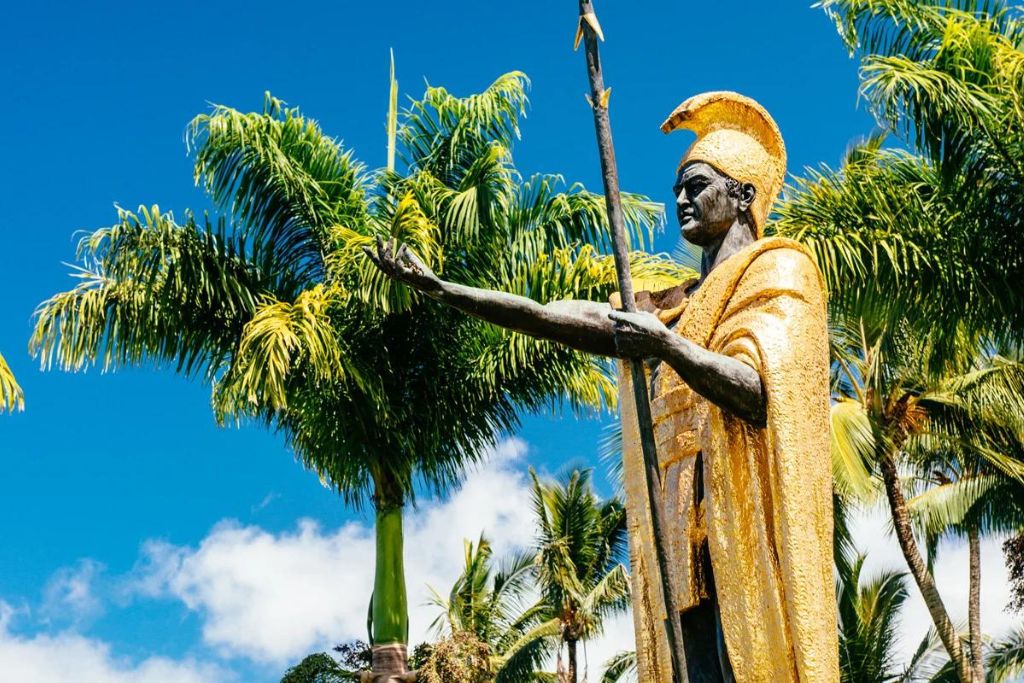
King Kamehameha Statue
This Kamehameha statue, created in 1990 by Hawaiian artist Herb Kawainui Kane, is thought to be the most lifelike of the ones that have been produced since it incorporates historical evidence and Polynesian elements into the sculpture's facial features.
The current Kamehameha statue in Honolulu was commissioned by the Kingdom of Hawaii in the late 19th century while an American sculptor by the name of Thomas Ridgeway Gould was living and studying Italian-Roman art in Florence, Italy. He was initially told to refer to a painting of Kamehameha painted by Russian expedition artist Louis Choris.
The picture is well-known for being a part of the one and only known series of portraits of Kamehameha, who posed for the painter in 1816, just three years before he passed away. Gibson, a member of the monument committee, was displeased with the preliminary representation and asked Gould to create a model of Kamehameha at his physical prime, or as he would have appeared at age 40.
As a result, some of the more European elements that were present around Gould in Italy found their way into the finished sculpture, such as the way the sandals worn by the King Kamehameha statue appeared to be more Roman than Hawaiian in size and scale.
In 1782, Kamehameha became well-known after being appointed to an important ecclesiastical position.
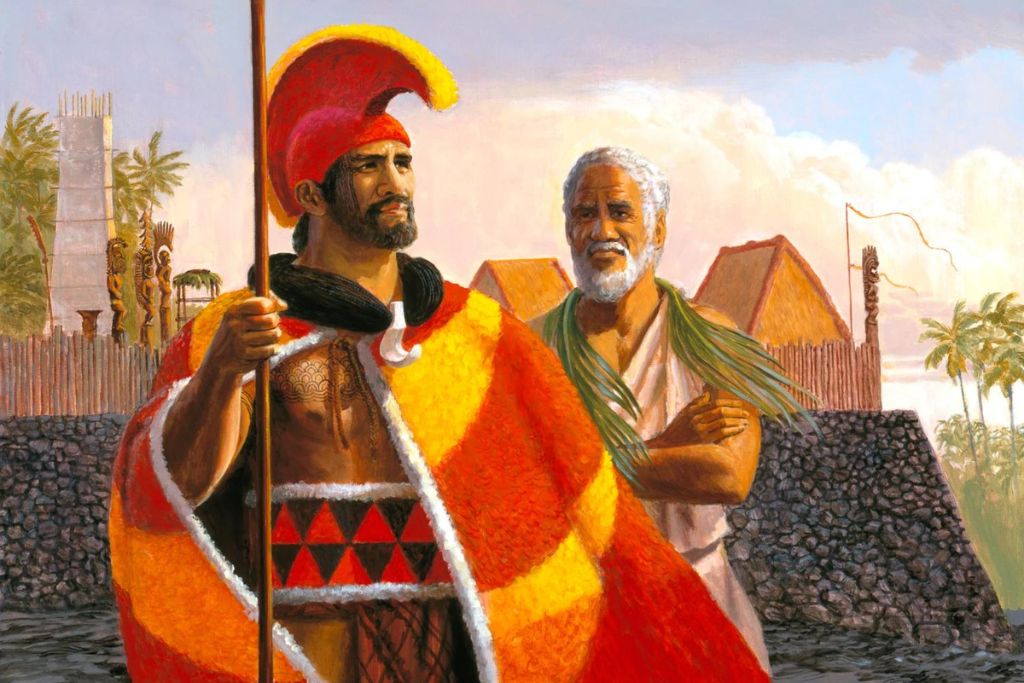
King Kamehameha I
Raised in the royal court of his uncle Kalanipuu, Kamehameha became well-known in 1782 when he was appointed to a high religious post, granted guardianship of the Hawaiian deity of war Kkilimoku, and given authority over the Waipio Valley region.
Kwala, Kamehameha's cousin, succeeded him as king, but due to tensions between them, Kiwalao was killed in the subsequent fight at Mokuohai.
Kamehameha began his campaign of conquests.
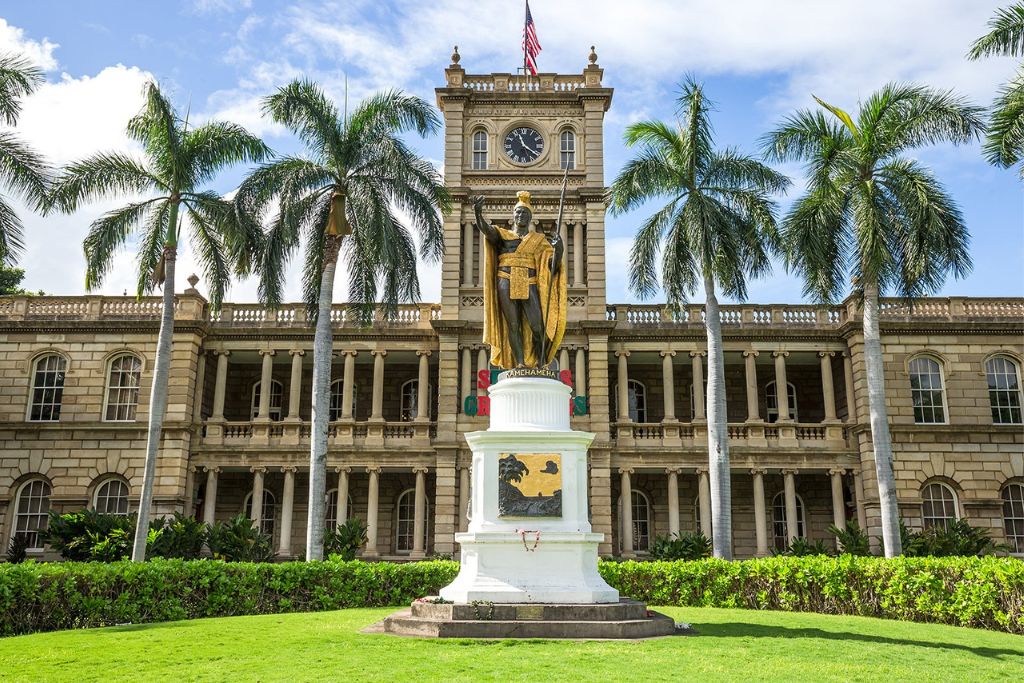
King Kamehameha Statue
By the year 1795, Kamehameha had conquered all of the Hawaiian Islands, with the exception of Kauai and Niihau. Kamehameha acquired control over Kauai and Niihau through diplomatic negotiations in 1810, making him the uncontested monarch of the whole island chain.
Kamehameha kept the customary kapu system of laws and penalties in place.
Although Kamehameha implemented the "law of the splintered paddle," which safeguarded common people from excessively severe aggressions of powerful chiefs, he also maintained the existing kapu system of rules and punishments. He prohibited human sacrifice as well.
If you are interested in Hawaii King Collection, please visit our online store HERE. In particular, we have a 15% discount code exclusively for the readers reading this article! Please insert code: POLYBLOG15 for your cart. Happy shopping!
Throughout the trying time, Kameahama maintained the independence of his country.
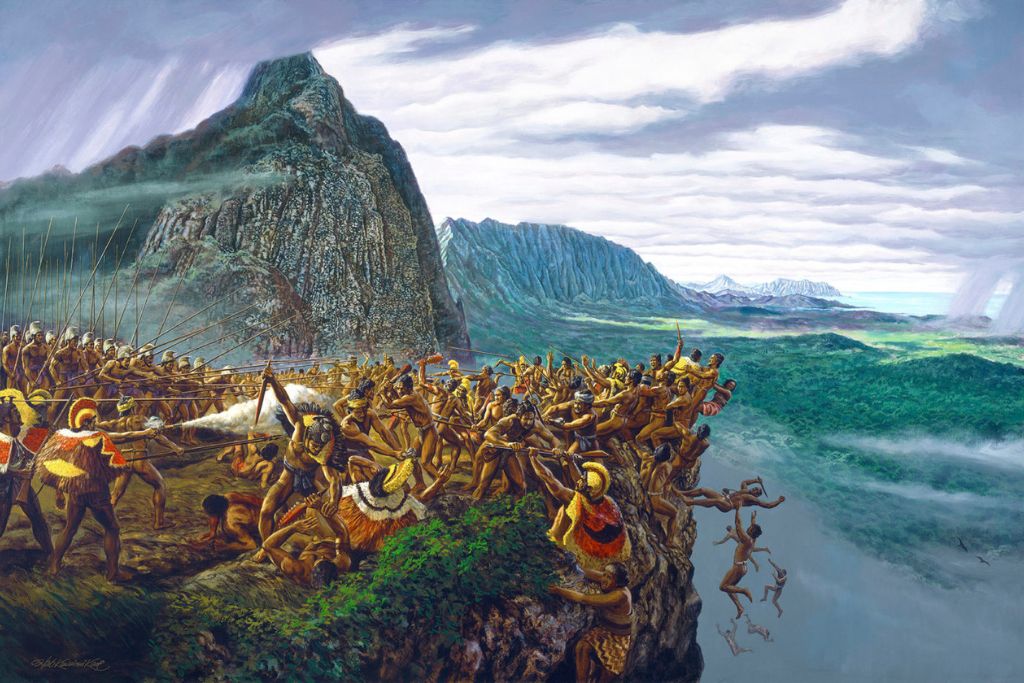
The battle
Kameahama, who is frequently regarded as the strongest monarch in Hawaii, managed to keep his kingdom independent during the trying time of European discovery and exploration of the islands, which proved to be too tough for his successors.
It was customary during the period Kamehameha spent his time with his numerous wives and kids at a property he erected in Kailua-Kona called Kamakahonu after 1812.
He is believed to have had between 21 and 30 wives, as well as about 35 children, half of whom he outlived. The precise number of spouses is unknown.
Only three complete examples of a unique style of Hawaiian feather work known in Hawaii are the kaai (feather sash) worn by King Kamehameha in the statue, which is draped over his left shoulder.
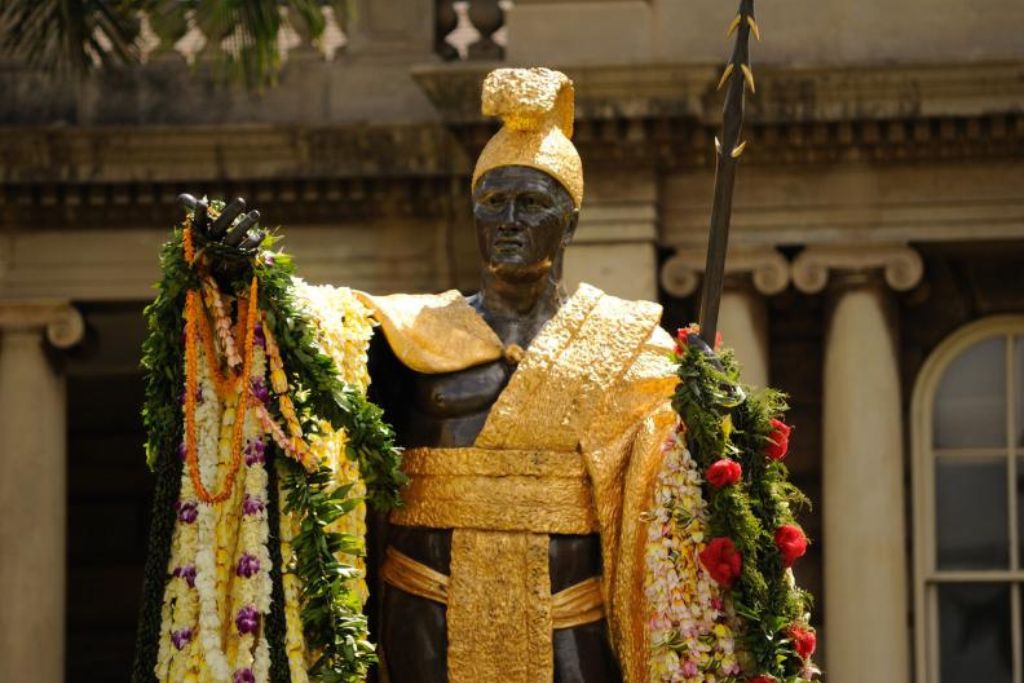
King Kamehameha Statue
The methods used to create the kaai are thought to have existed before those used to create the oldest feather cloaks discovered in Hawaiian collections. It has been argued that the iconographic element in the statue's center, which depicts Kamehameha wearing a loincloth over him, is symbolic of his illustrious ancestry.
According to the Hawaiian National Museum, the kaai incorporated into the statue was inherited by Kalakaua in 1877. Umi, the ruling alii of Hawaii Island who nearly united the entire island, used it to prove his chiefly status and it was passed down through his father, high chief Liloa, whose line can be traced back to the Hawaiian creation myth, to Kamehameha.
Although it was originally planned for the north shore of Kauai, the King Kamehameha statue in Hilo Bay faced controversy.
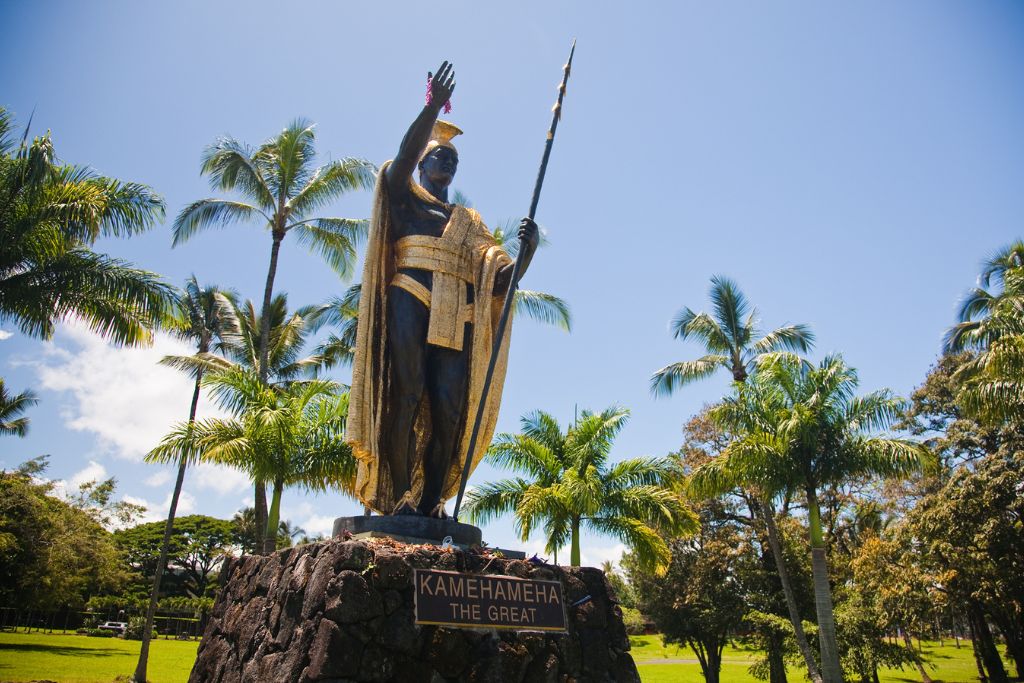
King Kamehameha Statue
The Princeville Corporation, which commissioned the statue for their resort, decided to donate it to downtown Hilo, which was a significant political center for Kamehameha because Kamehameha never conquered Kauai (Kaumualii, the king of Kauai, peacefully surrendered to Kamehameha to stop inevitable invasions of his island).
The whereabouts of his remains have been one of Hawaii's greatest-kept secrets ever since his passing on May 8, 1819.
All members of the ancient Hawaiian society were buried ceremonially, while the funeral procedures performed for the reigning chiefs were particularly holy and intricate. The removal of the flesh from the bones as part of a ceremony to prepare the body for death was followed by a covert burial of the main bones. Although it hasn't been verified, many people think Kamehameha I's remains, along with those of other notable Hawaiian kings, are on Hawaii Island in a burial cave near Kaloko-Honokohau.
Check out our Hawaii King Bedding Sets at HERE. In particular, we have a 15% discount code exclusively for the readers reading this article! Please insert code: POLYBLOG15 for your cart. Happy shopping!



